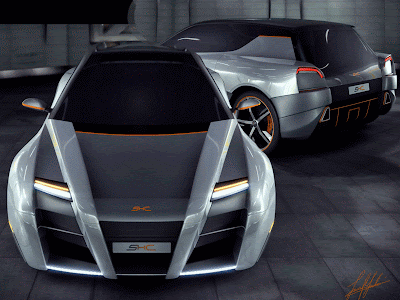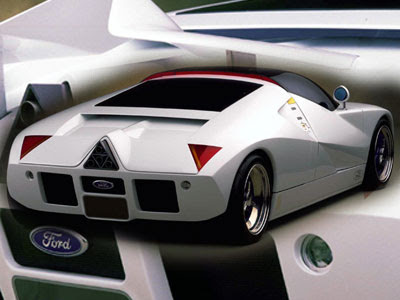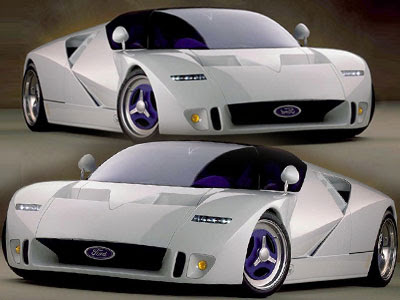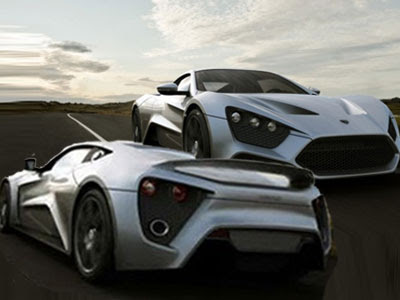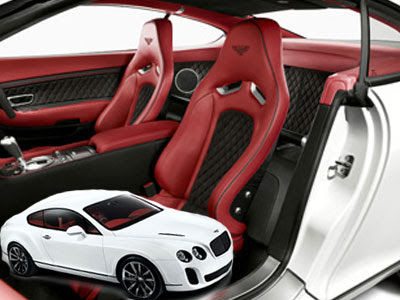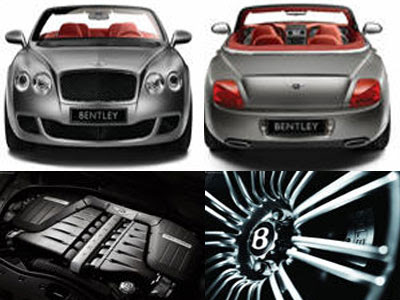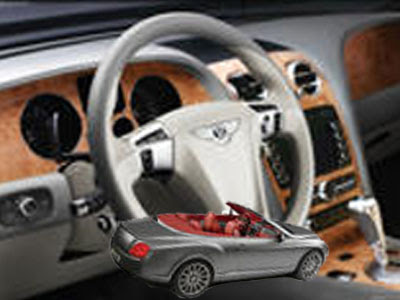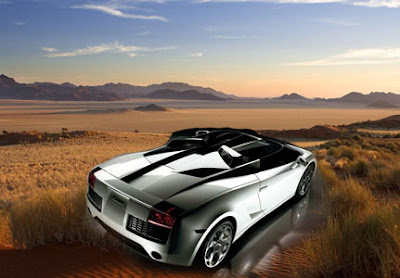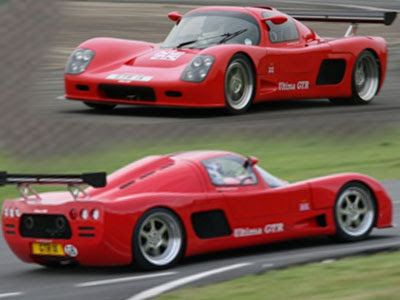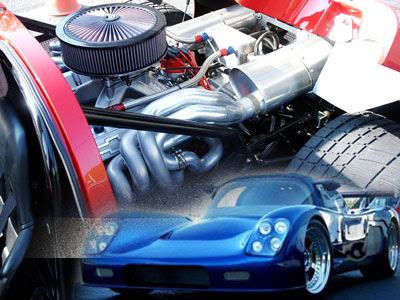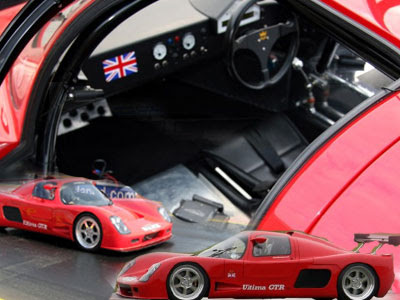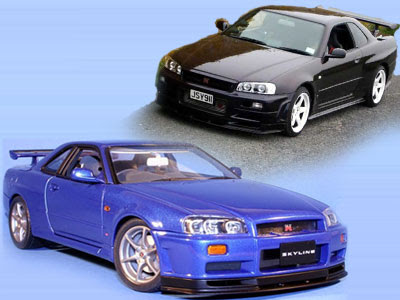
Manufactured in Germany, RSC’s newest supercar sports a front-mid-engine design and is rear-wheel drive. The RSC Raptor GT is powered by a 2.6-liter rotary engine that's available in four versions, with power outputs ranging from 500 hp, to 1,200 hp. The RSC Raptor GT S is the base model, equipped with Dry Sump, it develops 500 hp. The RSC Raptor GT RS has a water-to-air turbocharger system and develops 800 hp and the RSR has a twin-turbo and outputs a massive 1,200 hp.
The Raptor GT will be sold with different spec-variants called the GT S, RS, RSR and N-spec. Depending on which model, engine configurations vary and include a water-to-air inter-cooled turbo or a bi-turbo system. The engine is coupled to an 8-speed RSC R-Shift transmission with a hydraulic shift mechanism which makes gear changes in 25 to 35 milliseconds.
Inside, the RSC Raptor GT is also said to feature a pair of seven-inch digital displays coupled with a five-inch tachometer, gear indicator and shift lights, the entire package supposedly weighing in at a claimed 2,425 pounds. RSC also plans an all-wheel drive, mid-engine project with similar specs, which seems like a lot to bite off while they still appear to be chewing on this one.
Depending on the model, the body is of 80% glass fiber or carbon fiber and differs in details in the form and aerodynamics. The interior will get two 7" full-graphic-Diyplays, high-quality materials like carbon fiber, brushed aluminum and various types of leather.



Press Release
Rotary Super Cars Germany is a young company with the goal of offering symbiosis of high performance vehicles and active environment to create new benchmarks in the areas, power efficiency, value for money or the use of high-tech materials.
Since there is no vehicle that meets all these requirements, the construction of the RSC Raptor GT™ started in 2009. Systems such as the VAS (variable aerodynamic system) were developed and brought to small series production. This vehicle meets all requirements or exceed them. With enthusiasm and passion of our team involved in the development and production of the Raptor GT™. We guarantee the best workmanship and highest individuality. The selective use of proven components increases the active/passive safety while reducing production costs, which ultimately benefits every buyer.
With the Raptor GT™, we give our customers the opportunity to experience the unique combination of high end components and environmental protection on the roads and racetracks of the world. The Raptor GT™ doesn't follow the standard in many areas, he goes a very unique way with his drive and approach design. Each vehicle is handmade and unique, which corresponds exactly to the needs and wishes of the owner.
Drivetrain:
The RSC Raptor ™ GT S, RS, RSR and N-Spec does not have a conventional drive system as used in most of today's super sports cars. He has a self-developed and heavily modified, based on parts of the Mazda 13B MSP, high-performance engine with four rotors (4-Rotor rotary engine) and, depending on the model, a water-to-air intercooled turbo or biturbo system. This engine is the heart of the RSC Raptor GT™ and gives him his very special temperament. The power output of a rotary engine uniformly grows with increasing rpm. The high-performance engine in the RSC Raptor GT™ has the redline set depending on the selected driving mode, up to 7,500 rpm or 9000 rpm. The fuel E85 is used, which is produced from rapeseed. By using this fuel to reduce the emissions by about 90% is feasible.
The sequential 8-speed RSC R-SHIFT transmission in the RSC Raptor GT™ is controlled by a hydraulic shift system with shift times of 25-35 milliseconds. Furthermore, each RSC Raptor GT™ has a carbon-aluminum drive shaft, and an electronically controlled rear axle differential.
The powertrain is controlled by an engine management system, specifically developed from Bosch Engineering GmbH for the RSC Raptor GT™, including a complete electronic system consisting of ESP, ABS, EBD, VAS, R-TRAC (traction control), R-DIFF (electronic differential) and a Launch Control. The RSC Raptor GT™ RSR and N-Spec also has an active suspension. All electronic systems can be easily operated via the buttons on the steering wheel.
Body/Chassis:
Depending on the model the body of the RSC Raptor GT™ is of 80% glass fiber or carbon fiber and differs in details in the form and aerodynamics. Furthermore a wide range of special equipment is available. Starting with the rims, complete body equipment packages up to the painting - the customer has no limits.
The RSC Raptor GT™ also has the RSC VAS™ (Variable Aerodynamic System), a system that changes the aerodynamics and the aerodynamic properties of the RSC Raptor GT™ to generate more downforce at high speeds. This system include SBS (Speed Brake System).
Interior:
The RSC Raptor GT™ has two 7" full-graphic-Diyplays, where various telemetry data such as speed, mileage, temperatures, pressures, and the chosen vehicle settings and many other data, are available. These displays create exciting visual effects that show the high-tech genes of the RSC Raptor GT™. They are placed on the left and right of the large 5" tachometer with digital gear indicator and shift light. The driver is always looking at the relevant information and driving a RSC Raptor GT™ becomes a special experience.
The cockpit offers an unique combination of high-quality materials like carbon fiber, brushed aluminum and various types of leather. Many interior equipment packages are available. There also no limits for the customer.
Production levels of the RSC Raptor GT range from the base 500 hp 2.6L 4 rotor rotary to 800 hp turbo and 1.200 hp twin turbo variants. The cars are built in Germany. They are available in left- and right-hand drive configuration.
VelociRaptor:
The second car which is currently in the construction phase. The main facts: Mid-engine, AWD, 8-speed sequential RSC R-SHIFT transmission, RSC VAS, 90% carbon fiber, over 1.200 hp and a weight under 1.100 kg.
This car will set new benchmarks...
Rotary Super Cars Germany
(+49)1511 75 500 98









